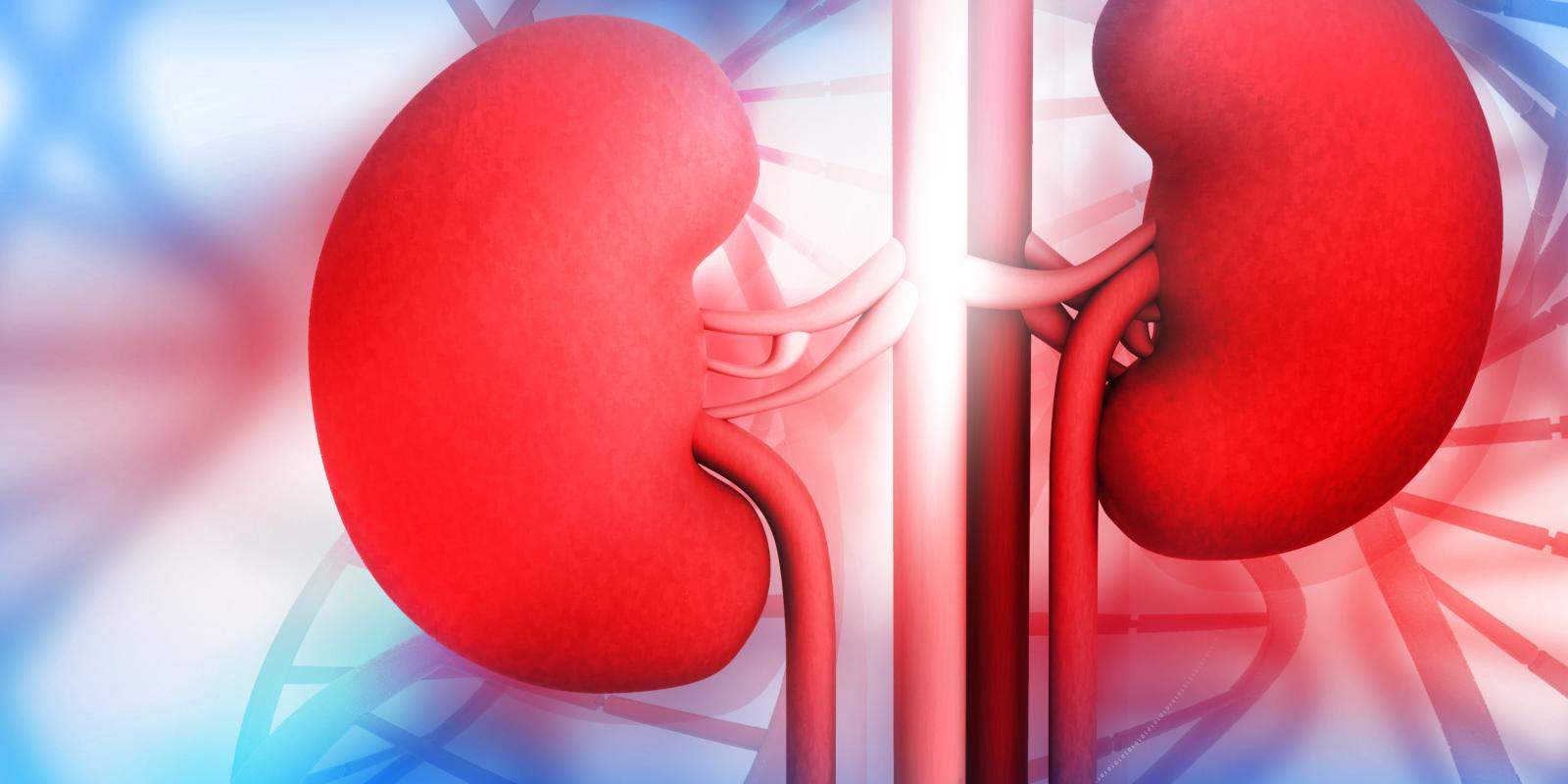
Chronic kidney disease doesn’t arrive suddenly. It doesn’t scream. It whispers. Slowly. Quietly. Over years. You feel fine. You keep going. But inside, the kidneys begin to slip. They lose function. Bit by bit. Until one day, normal isn’t so normal anymore.
There’s no sharp pain. No visible wound. Just changes you might not notice. Swelling in the ankles. Fatigue that won’t lift. Urine that looks different. But by then, the damage has already started.
The kidneys filter, but they do much more
They don’t just clean blood. They regulate blood pressure. Balance fluids. Manage electrolytes. They help produce red blood cells. They activate vitamin D. They’re not just filters—they’re regulators. And when they decline, nothing works the same.
CKD means this decline is slow. Steady. Often unnoticed. Until it shows up on a blood test. Or a doctor points out your GFR has dropped. Glomerular filtration rate—that’s how they measure what the kidneys can still do.
Causes often come from what’s already in your life
Diabetes is the leading cause. So is high blood pressure. Both stress the kidneys. Day after day. They make the filters work harder. Over time, the strain wears them down. It’s not sudden—it’s accumulated. From years of imbalance.
Other causes include autoimmune conditions. Lupus. Glomerulonephritis. Some people inherit risks. Polycystic kidney disease. Sometimes medications hurt the kidneys. Especially if taken for too long. Painkillers. Antibiotics. Even some herbal remedies.
Early stages don’t always bring clear symptoms
Stage 1 or 2 CKD might not feel like anything. You live your life. You work. You sleep. But inside, function is dropping. Slowly. That’s why blood work matters. That’s why doctors monitor creatinine and GFR—even when you feel fine.
Later stages bring more signs. Puffy eyes in the morning. More frequent urination. Or less. Nausea. Loss of appetite. Muscle cramps. Skin that feels itchy. But it happens gradually. You adapt without realizing.
Blood and urine tests show what the body hides
Creatinine is one marker. A waste product the kidneys remove. If it rises, function may be falling. GFR is calculated from that. Tells how well your kidneys filter. Protein in urine is another warning. It shouldn’t be there. Its presence means the filter is leaking.
Blood pressure tells its own story. If it’s high, the kidneys are strained. If the kidneys are weak, blood pressure rises. It becomes a cycle. One affecting the other. Over and over.
Treatment depends on what stage you’re in
There’s no cure. But there’s control. Especially early. Managing blood sugar. Lowering blood pressure. Reducing salt. Drinking more water. Avoiding certain medications. These are small changes that add time. That preserve what’s left.
Doctors may prescribe ACE inhibitors. Or ARBs. They protect kidney function. Slow the decline. Other medications manage anemia. Bone health. Acidosis. Each symptom has its own care.
Diet becomes a quiet form of medicine
Too much protein can stress the kidneys. So can sodium. Phosphorus. Potassium. The diet shifts. Carefully. Not all at once. But enough to reduce the load.
You learn to read labels. Measure fluids. Choose lower-sodium options. Avoid processed food. Balance isn’t about restrictions. It’s about protecting what’s left. One meal at a time.
Monitoring becomes a new rhythm
Regular tests. Routine check-ups. Blood pressure tracking at home. Weighing yourself. Watching for swelling. It feels like a lot at first. But it becomes familiar. A new kind of awareness. A new way to listen to your body.
Some stages require nephrologist care. Others stay with a primary doctor. But no matter the stage, the goal is the same—preserve function. Delay progression. Maintain quality of life.
End-stage kidney disease brings harder decisions
When function falls below 15%, options change. Dialysis becomes part of the conversation. Or transplant. Some prepare years before that point. Others wait. It’s a personal choice. But the need becomes real. The body can’t filter on its own anymore.
Dialysis comes in two forms. Hemodialysis. Peritoneal dialysis. Each with its rhythm. Each with its challenges. But both offer more time. More life. Even when kidneys stop.
Mental health matters just as much
Living with CKD means living with limits. Some days are normal. Others aren’t. Fatigue weighs more than expected. The future feels uncertain. Depression is common. So is anxiety. That’s not weakness—it’s response.
Support groups help. So does therapy. Talking to people who live the same reality makes a difference. You don’t have to carry it alone.
Prevention is still the best form of treatment
Know your blood pressure. Your blood sugar. Stay hydrated. Don’t ignore early signs. Don’t skip yearly check-ups. What you do now protects your kidneys later. Even if you feel fine today.
CKD doesn’t shout. It waits. But it also responds—especially when you listen early enough to change its course.
